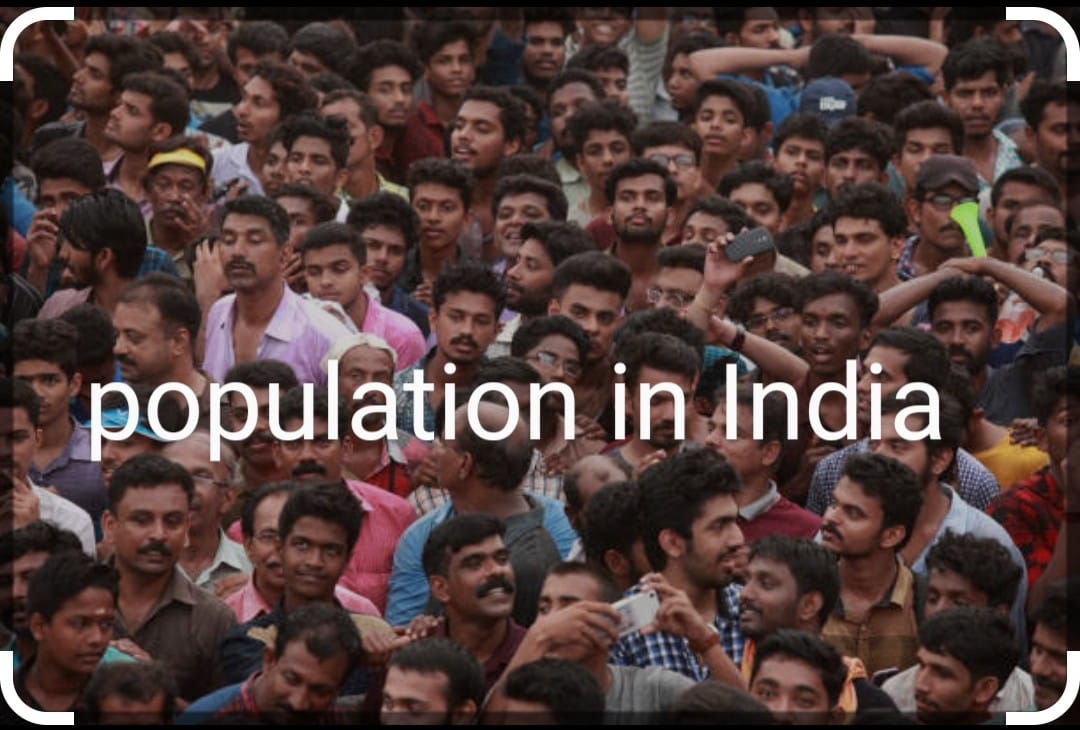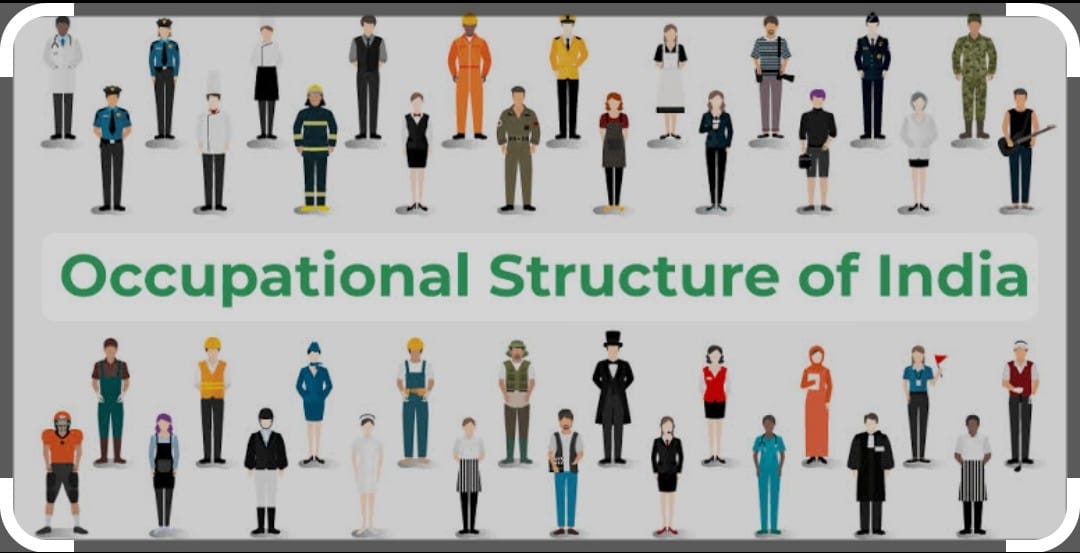Population in India
Population in India is the Economics Chapter that covers the syllabus of class 9 with basic idea of population

Population:
The people are important to develop the economy and society . In India the first census was held in the year 1872. But complete census however was taken in the year 1881. Since then the censuses have been held regularly every 10th year except 2021 due to covid -19 .
By the March 2011 population of India was 130 crore but in 2023 it is estimated that the population is about is 140 crore. India’s population accounts for 17.5% of the world population.
The Most populous state in India is UP and least populous state in India -Sikkim . Population density of India 382 per square km. State with highest population density is Bihar 1102/sq km. The state with the lowest population density Arunachal Pradesh 17/ sq km.
Only Bangladesh and Japan have higher average population densities than India . Processes of population change
BITH RATES : number of live births per thousand persons in a year.
DEATH RATES are the number of deaths per thousands persons in a year . MIGRATION is the movement of people across regions and territories.
It is of two type
a) Migration can be internal ,it does not change the size of the population but distribution of population within the nation
b) Migration can be international which affect the size and distribution . Migration plays a very significant role in changing the composition and distribution of the population.

The main cause of rate of growth of the Indian population has been the rapid decline in death rates
Since 1981 ,birth rates have also started declining gradually resulting in a gradual decline in the rate of population growth .
Mostly migrations have been from rural to urban aeras because of the PUSH factors eg the adverse conditions of poverty and unemployment in rural aera sand the pull factor eg increased employment opportunities and better living conditions in the urban aeras.
In India , the rural – urban migration has resulted in a steady increase in the percentage of population n in the cities and towns.
These are in year 2001 % of population is 27.78 % which is 35 million plus cities whereas in 2011 is 31.80% of population 53 million plus cities. The urban population has increased from 17.29% of the population in 1951 to 31.8 %in 2011
AGE COMPOSITION is one of the most basic characteristics of a population. It is grouped in three categories
a) CHILDREN ( below 15 years ) They are economically unproductive and need to be provided with food, clothing, education and medical care
b) WORKING AGE (15-59 years ) They are the population and biologically reproductive .They comprise the working population.
c) AGE ( 59 years ) They can be economically productive though they may have retired and they may be working voluntarily.
SEX RATIO is defined as the number of female/ 1000 males in the population. It is an important social indicator to measure the extent of equality between males and females in in a society.
The sex ratio in India is 940 . Kerala is the state having highest sex ratio it is 1054/ 1000 of males . The lowest sex ratio is Haryana it is 977. A person aged 7 years above who can read and write and have understanding in any language is treated as literate.
OCCUPATIONAL STRUCTURE : The distribution of the population according to different types of occupation is referred toas the occupational structure. Occupations are generally classified as primary, secondary and tertiary.

i) Primary activities include agriculture, animal husdandry, forestry , fishing , mining and quarrying etc
ii) SECONDARY activities include tr manufacturing industry, building and construction work etc
iii) TERTIARY activities include transport, communications commerce and administration and other services
GOVERNMENT OF INDIA initiated the comprehensive family planning programme in 1952 to improve individual health and welfare.
The NPP 2000 provides a policy framework for imparting free and compulsory school education up to 14 years of age , reducing infant mortality rate to below 30 / 1000 live births , achieving universal immunisation of children again all vaccine preventable diseases promoting delayed marriage of girls and making family welfre a people centered programme .
The population growth rate o population of Chandigrah , Uttarakhand and assam is around or equal to India’s national census of the country population growth rate 17 % and the Census 2011 is the 15th national census of the country 1872.
The Population of India at 1210 .2 million is almost equal to the combined population of USA , Indonesia , Brazil , Pakistan , Bangladeshi and Japan
:India is the world’s second-most populous country, with over 1.4 billion people as of 2023.Its population is characterized due Rapid growth, Young demographic, Increasing urbanization ,Regional diversity Challenges in education, healthcare, and employment
This large population presents both opportunities and challenges for India’s development.
Conclusion : Population in India
India’s current population is approximately 1.4 billion people, making it the world’s most populous country. The population growth rate has been slowing in recent years due to declining fertility rates, but the overall population continues to increase.
India surpassed China as the world’s most populous nation in 2023. Urban areas are growing faster than rural areas due to migration and urbanization. There are significant regional differences in population density and growth rates across different states.
Follow us on: Facebook
Follow us on : Instagram
Read More : India Size, location and Physical Features
Read More: Drainage in India